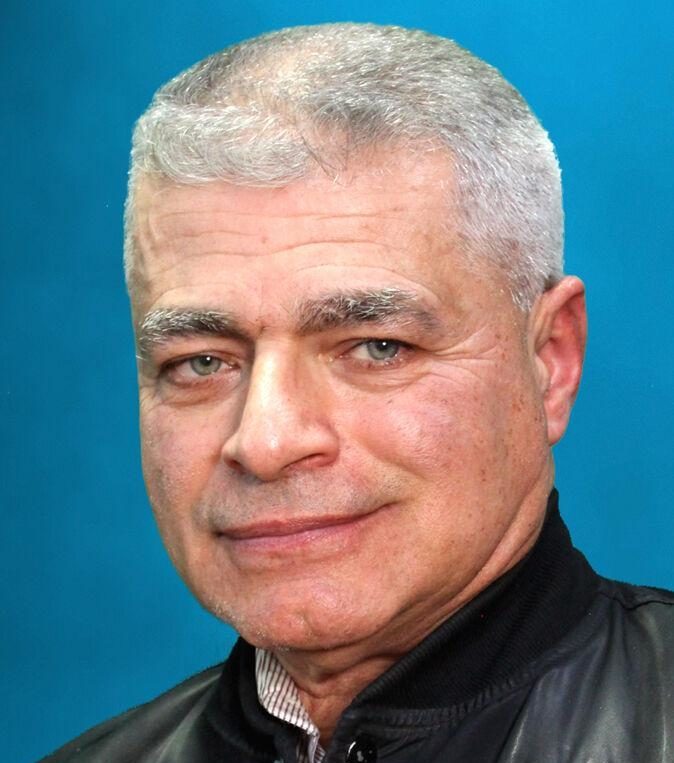CTE Shop Class: Now It’s High-Tech
Student ability and performance
By Mike Porcelli
Last week on the Dr. Phil and Martha MacCallum TV shows, Suffolk County Community College Professor of Political Science Nicholas Giordano, reported on the disturbing decline of student performance in American public schools.
Why is this important and how could it be allowed to happen in the greatest country in the history of the world?
It’s important because the continued success of our nation depends on the education of our next generation of workers.
For over a century, the U.S. has been the leader in developing new technology, the only country to visit the moon and been at the forefront of the quest to visit other planets.
This technological leadership will not continue if we do not improve the ability of our schools to produce the world’s best trained workers – in every area.
The most disturbing takeaways from these shows was how low our public school students rank among their peers in other developed nations, that this trend has been getting worse for decades, and our schools are lowering their standards to cover up the fact this decline is occurring.
I suggest that a major contributor to poor student performance could be an important principle stressed here each week… the need for schools to match their curricula to each student’s abilities and aptitudes.
When this is not the case, and education is not targeted to the student’s interests, the natural curiosity every student possesses is not satisfied, leading them to become disinterested – resulting in low grades, high dropout rates and unfulfilling professional and personal lives.
The first problem has been that schools generally do not have assessment programs in place to determine what subjects students are interested in, and what career paths coincide with those interests.
The second strike that students face is the generations of school administrators who decree, “Everyone must go to college.”
This attitude results in pushing students into programs they are not interested in, leading them to drop out and leaving them with limited employable skills and high levels of student debt they can’t pay.
What can be done to correct this situation before it’s too late?
As reported here many times, March2Success.com and other free programs offer schools the ability to help students assess their own aptitudes, skills and best career paths.
Schools must begin to implement these programs in order to balance their curricula with the demand in each subject area.
Schools must then develop and staff their academic and skilled trade programs to meet their respective demand. This is the only way to ensure that every student suited for CTE can receive it.
This goal must be accomplished if our country is to remain the world’s leading technological and economic power.
Government must get this done before it’s too late.
Student success depends on this.

Academic & Trade Education are Two Sides of a Coin. This column explores the impact of CTE programs on students, society, and the economy.
Mike Porcelli: life-long mechanic, adjunct professor, and host of Autolab Radio, is committed to restoring trade education in schools before it’s too late. https://www.linkedin.com/in/mike-porcelli-master-mechanic-allasecerts/



